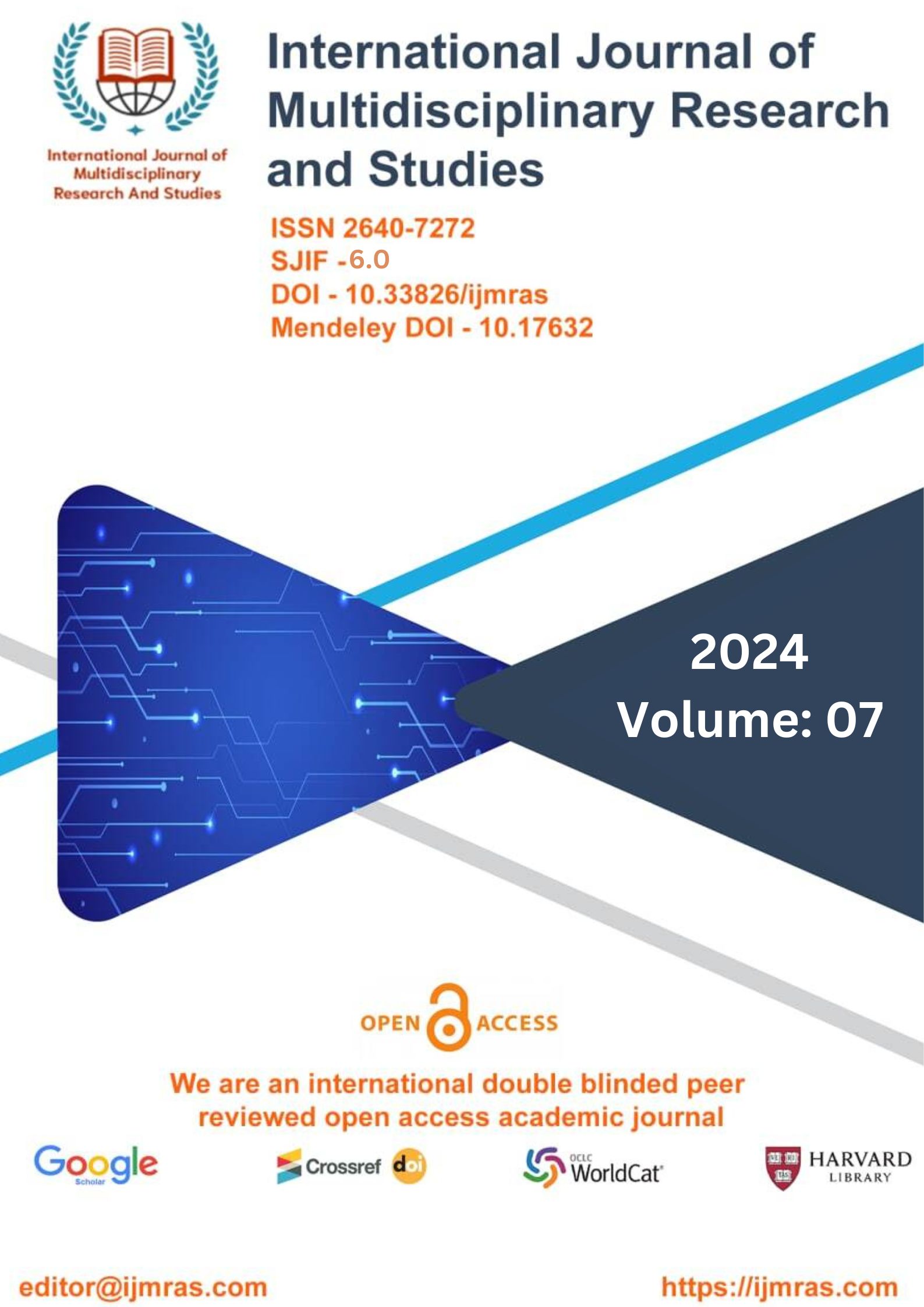


When it comes to embedding storage technologies into the physical environment, the design phase is essential to establishing a stable and functioning system in order to meet the requirements. In most cases, engineers determine the size of storage units based on their previous experiences "and sanctioned methods, supposing that the storage unit's characteristics and load profiles have been accurately recorded. The outcomes of created systems, however, usually exhibit inconsistencies between the projected outcome and the actual performance of the system when they are put into practise. Insufficient design analysis is commonly cited as the root cause of the problem. In point of fact, a flawed comprehension of latent heat-based thermal energy storage systems (LHTES) is frequently the root cause of designs that are flawed. A more in-depth understanding of PCM is necessary, since accurate phase change process prediction still has to be improved by the use of improved modelling approaches and the input of more exact material data. In order to provide reliable PCM characteristics, engineers need to be able to employ straightforward yet exacting measurement techniques. It is necessary to do research on the optimal method for employing phase change modelling in the LHTES component design process. After the predesign requirements have been satisfied, the next step is the "It is possible to evaluate the system's transient behaviour. In conclusion, the enhancement of the entire system as well as the decrease of its impact on the environment may be assessed.

This work is licensed under a Creative Commons Attribution 4.0 International License.
You may also start an advanced similarity search for this article.